Product: STEM CELL KIT REAGENTS Cat. Ref: SCK-25T
advertisement
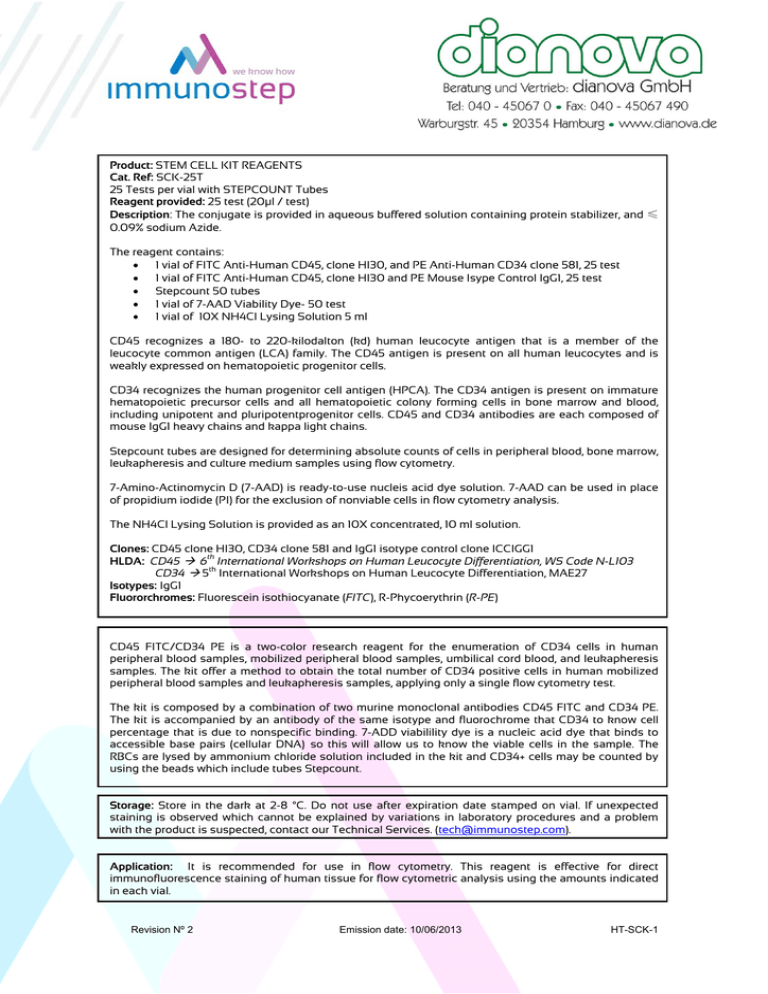
Product: STEM CELL KIT REAGENTS Cat. Ref: SCK-25T 25 Tests per vial with STEPCOUNT Tubes Reagent provided: 25 test (20μl / test) Description: The conjugate is provided in aqueous buffered solution containing protein stabilizer, and ≤ 0.09% sodium Azide. The reagent contains: • 1 vial of FITC Anti-Human CD45, clone HI30, and PE Anti-Human CD34 clone 581, 25 test • 1 vial of FITC Anti-Human CD45, clone HI30 and PE Mouse Isype Control IgG1, 25 test • Stepcount 50 tubes • 1 vial of 7-AAD Viability Dye- 50 test • 1 vial of 10X NH4Cl Lysing Solution 5 ml CD45 recognizes a 180- to 220-kilodalton (kd) human leucocyte antigen that is a member of the leucocyte common antigen (LCA) family. The CD45 antigen is present on all human leucocytes and is weakly expressed on hematopoietic progenitor cells. CD34 recognizes the human progenitor cell antigen (HPCA). The CD34 antigen is present on immature hematopoietic precursor cells and all hematopoietic colony forming cells in bone marrow and blood, including unipotent and pluripotentprogenitor cells. CD45 and CD34 antibodies are each composed of mouse IgG1 heavy chains and kappa light chains. Stepcount tubes are designed for determining absolute counts of cells in peripheral blood, bone marrow, leukapheresis and culture medium samples using flow cytometry. 7-Amino-Actinomycin D (7-AAD) is ready-to-use nucleis acid dye solution. 7-AAD can be used in place of propidium iodide (PI) for the exclusion of nonviable cells in flow cytometry analysis. The NH4Cl Lysing Solution is provided as an 10X concentrated, 10 ml solution. Clones: CD45 clone HI30, CD34 clone 581 and IgG1 isotype control clone ICCIGG1 th HLDA: CD45 Æ 6 International Workshops on Human Leucocyte Differentiation, WS Code N-L103 CD34 Æ 5th International Workshops on Human Leucocyte Differentiation, MAE27 Isotypes: IgG1 Fluororchromes: Fluorescein isothiocyanate (FITC), R-Phycoerythrin (R-PE) CD45 FITC/CD34 PE is a two-color research reagent for the enumeration of CD34 cells in human peripheral blood samples, mobilized peripheral blood samples, umbilical cord blood, and leukapheresis samples. The kit offer a method to obtain the total number of CD34 positive cells in human mobilized peripheral blood samples and leukapheresis samples, applying only a single flow cytometry test. The kit is composed by a combination of two murine monoclonal antibodies CD45 FITC and CD34 PE. The kit is accompanied by an antibody of the same isotype and fluorochrome that CD34 to know cell percentage that is due to nonspecific binding. 7-ADD viabilility dye is a nucleic acid dye that binds to accessible base pairs (cellular DNA) so this will allow us to know the viable cells in the sample. The RBCs are lysed by ammonium chloride solution included in the kit and CD34+ cells may be counted by using the beads which include tubes Stepcount. Storage: Store in the dark at 2-8 °C. Do not use after expiration date stamped on vial. If unexpected staining is observed which cannot be explained by variations in laboratory procedures and a problem with the product is suspected, contact our Technical Services. (tech@immunostep.com). Application: It is recommended for use in flow cytometry. This reagent is effective for direct immunofluorescence staining of human tissue for flow cytometric analysis using the amounts indicated in each vial. Revision Nº 2 Emission date: 10/06/2013 HT-SCK-1 Precautions: 1. The device is not intended for clinical use including diagnosis, prognosis, and monitoring of a disease state, and it must not be used in conjunction with patient records or treatment. 2. This product contains sodium azide (NaN3), a chemical highly toxic in pure form. At product concentrations, though not classified as hazardous, sodium azide may react with lead and copper plumbing to form highly explosive build-ups of metal azides. Upon disposal, flush with large volumes of water to prevent metal azide build-up in plumbing. Preparation: Perform a white blood cell (WBC) count on all samples to be evaluated. If the WBC count is greater than 3 50 x 10 WBC/mm3 , dilute the sample with 1X PBS (calcium- andmagnesium-free) with 2% fetal calf serum (FCS) and 0.1% sodium azide. Record the dilution factor for the calculation of the final CD34 result. Three tubes of Stepcount are labeled as follows: • Tube Nº 1: CD45/CD34/7-AAD • Tube Nº 2: CD45/Isotype Control/7-ADD 1. 2. 3. 4. 5. 6. 7. 8. Pipette 20 μL of reagent A: CD45 FITC/CD34 PE into the tube Nº1. Do not touch the bead pellet. Pipette 20 μL of reagent B: CD45 FITC/Isotype control PE into the tube Nº2 onto the side of the each. Do not touch the bead pellet. Add 5 μL of 7-AAD into A and B tubes. Pipette 50 μL of well-mixed sample into each tube. Cap tubes and vortex gently to mix. Incubate for 15 minutes at room temperature in the dark. Add 0,45 mL of ammonium chloride lysing solution to each tube. Cap tubes and vortex gently. Incubate for 10 minutes at room temperature in the dark. Run samples within 1 hours of staining. If samples are not analyzed immediately, vortex thoroughly just before acquisition. Adquisition and analysis. Before acquiring samples, verify the cytometer is correctly aligned and standardized for light scatter (FSC and SSC parameters must be set on linear amplification) and fluorescence intensity (FL1, FL2, FL3 FL4… parameters must be set on logarithmic amplification) and colour compensation has been set following the instructions of the cytometer manufacturer. Before acquiring samples, set to the minimum the Threshold or Discriminator in parameter FSC to minimize debris and ensure population of interest are included. Gently mix the samples manually immediately prior to running on the flow cytometer to ensure thorough resuspension of cells and microspheres. Set on the cytometer to store only the events in the region A as imagen below: Acquire and store all events possible. It is recommended to acquire at a low or medium speed to avoid cell aggregates. If you cannot acquire the total sample, acquire no more than 4 minutes without a stir sample. Analysis example: Revision Nº 2 Emission date: 10/06/2013 HT-SCK-1 The following histograms correspond to the analysis of a bone marrow sample from a healthy individual using the SCK: STEP Step 1: Select the population of spheres HISTOGRAM Step 2: Select the viable cell population (region B) Step 3: Using B Population selected CD34+ Step 4: Select the CD34+ cells Revision Nº 2 Emission date: 10/06/2013 HT-SCK-1 FOR MORE INFORMATION, PLEASE VISIT OUR WEBSITE: www.immunostep.com References: 1. Cobbold SP, Hale G, Waldmann H. Non-lineage, LFA-1 family, and leucocyte common antigens: new and previously defined clusters. In: McMichael AJ, ed. Leucocyte Typing III: White Cell Differentiation Antigens. New York, NY: Oxford University Press; 1987:788-803. 2. Schwinzer R. Cluster report: CD45/CD45R. In: Knapp W, Dörken B, Gilks WR, et al, eds. Leucocyte Typing IV: White Cell Differentiation Antigens. New York, NY: Oxford University Press; 1989:628-634. 3. Loken MR, Shah VO, Dattilio KL, Civin CI. Flow cytometric analysis of human bone marrow. II. Normal B-lymphocyte development. Blood. 1987;70:1316-1324. 4. Civin CI, Strauss LC, Brovall C, Fackler MJ, Schwartz JF, Shaper JH. Antigenic analysis of hematopoiesis. III. A hemopoietic progenitor cell surface antigen defined by a monoclonal antibody raised against KG-1a cells. J Immunol. 1984;133:157-165. 5. Terstappen LWMM, Huang S, Safford M, Lansdorp PM, Loken MR. Sequential generations of hematopoietic colonies derived from single nonlineage-committed CD34+ CD38– progenitor cells. Blood. 1991;77:1218-1227. 6. Siena S, Bregni M, Brando B, et al. Flow cytometry for clinical estimation of circulating hematopoietic progenitors for autologous transplantation in cancer patients. Blood. 1991;77:400-409. 7. Civin CI, Trischmann TM, Fackler MJ, et al. Report on the CD34 cluster workshop. In: Knapp W, Dörken B, Gilks WR, et al, eds. Leucocyte Typing IV: White Cell Differentiation Antigens. New York, NY: Oxford University Press; 1989:818-825. *Note: For research use only. Not for diagnostic use. Not for resale. Immunostep will not be held responsible for patent infringement or other violations that may occur with the use of our products.. Revision Nº 2 Emission date: 10/06/2013 HT-SCK-1
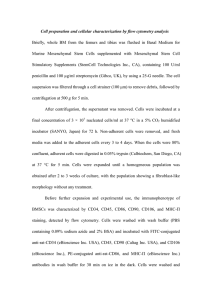
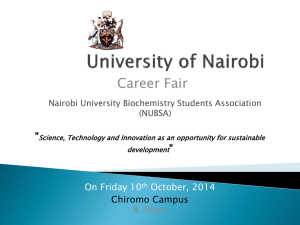
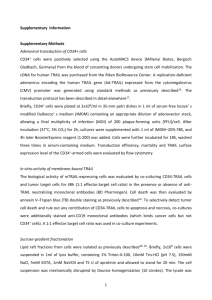
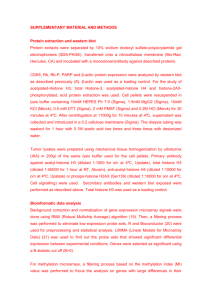
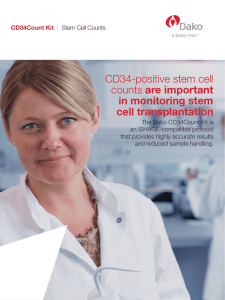

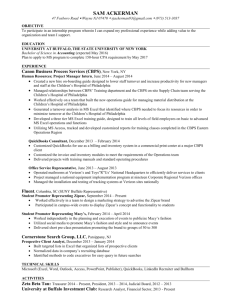
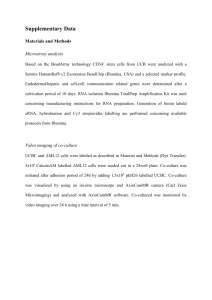
![Anti-CD45.1 antibody [A20] (FITC) ab24917 Product datasheet 1 Abreviews 1 Image](http://s2.studylib.net/store/data/012441186_1-1a06e52061dc25050c20ab8224dedfdb-300x300.png)